….We explain why this could lead to another exchange rate adjustment and the inherent opportunities.
So the Federal Reserve Bank (a.k.a FED, a.k.a US Central Bank) just announced that it will begin tapering from this month (November 2021).
In this article, we try to answer the questions:
1. What exactly does it mean?
2. What happens next?
3. How does it impact you as a Nigerian?
Backstory
- Due to the covid-19 pandemic, the FED took several dramatic measures to ensure there was ample liquidity in the US financial system. This included maintaining low rates, giving non-us financial institutions access to Central Bank liquidity, rapidly expanding its bonds purchase program (a.k.a QE). You can find the full list of actions here and here.
- Out of the list of actions, the bond purchase program was notable as a relatively new and modern monetary policy tool, previously deployed at scale during the 2008 financial crisis. This tool meant that issuers of eligible bonds were able to access a new source of funding.
- What is even more remarkable is the size of the bond purchase program. Since the program began, the FED’s balance sheet increased from $4.1 trillion in January 2020 to USD$7.3 trillion by December (in October 2021, it is now $8.2 trillion). Thus, over USD $4 trillion of stimulus from the FED.
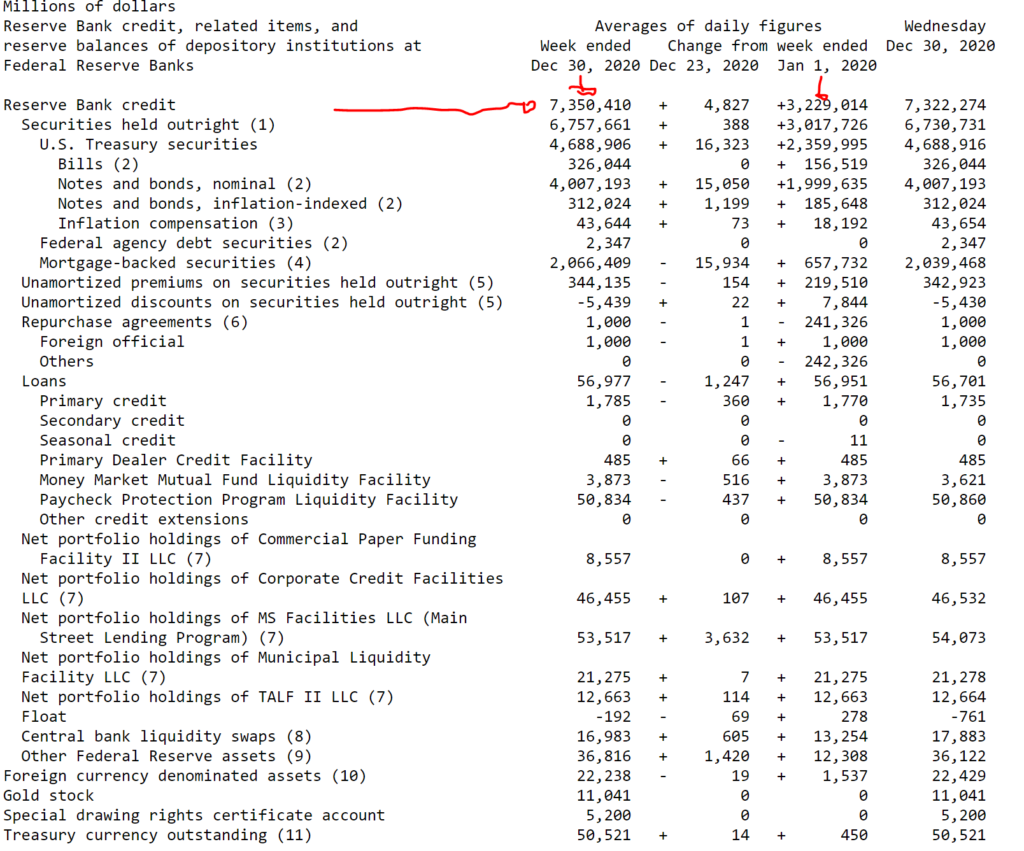
- The key idea for infusing ample liquidity is that if money is continuously flowing through the banking system, the economy will continue to move along.
- Specifically, companies continue to easily access funds to borrow for investment and business expansion purposes, which in turn means companies won’t shut down and the masses won’t lose their jobs.
- This in turn means if folks don’t lose their jobs, they can keep buying products and companies can continue to make sales and revenue.
- In other words, the US Central Bank was actively supporting the US economy to deal with the effects of the shutdown and keep it from getting worse.
- Economists may argue about the merits and de-merits of a central bank supporting an economy (e.g., asset price inflation, misallocation of resources, economic inequality etc.).
- However, that’s not the scope of this article.
- The bottom line is that the US Central Bank supported the US economy during the covid-19 pandemic-induced shutdown and the economy (at least from a GDP perspective) is back above pre-pandemic levels.
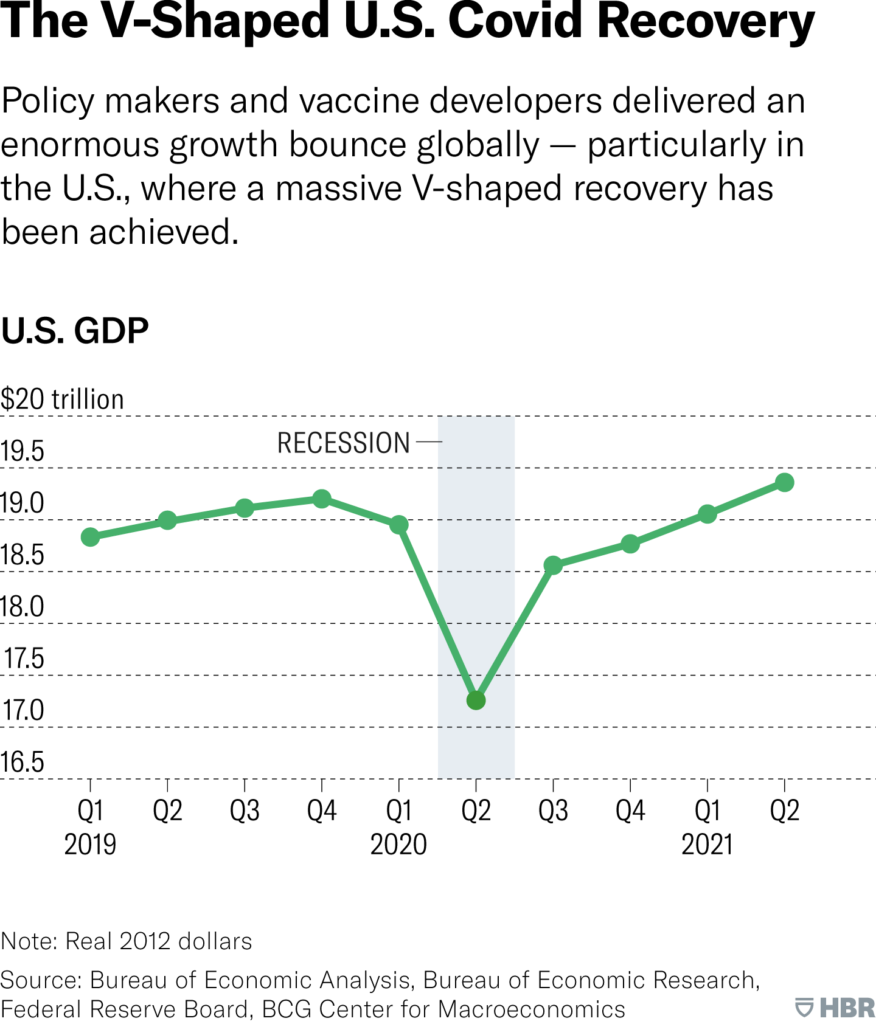
What is the FED now saying?
- Now that the US GDP is back above pre-pandemic levels, the FED believes it’s time to pull back the level of support provided to the US economy.
- Furthermore, economic indicators are emerging that US workers now believe that they can demand higher-paying jobs.
- Specifically, as the US labour market improves, quit rates are at an all-time high, wage cost index continues to race upwards and unemployment rate continues to improve.
- The last thing the FED wants is to be responsible for fueling spikes in wage inflation which will drive entrenched consumer price inflation and ultimately adversely impact company profits (i.e. the exact opposite of what the economy needs).
- Consequently, the FED has decided to withdraw some of its extraordinary monetary policy support, by gradually rolling back its bonds purchase program (i.e. tapering). Albeit in a phased manner between November 2021 and July 2022.
- The idea is that companies and institutions can continue to source funds from traditional sources rather than the central bank.
What are the immediate next steps to this tapering?
- Firstly, the FED’s tapering will be phased to begin this month and be complete by July 2022. Although the FED reserves the right to amend the timetable aggressively or conservatively, depending on how the economy reacts.
- However, a key expectation is that post-completion of tapering, the FED will look to start increasing US interest rates.
- In other words, over the next few months, the FED plans to reduce dollar liquidity AND potentially increase the cost of borrowing US money!!
- Consequently, from an investor perspective, the most likely reaction to this scenario is that funds will continue to flow into USD-denominated assets that protect against inflation, as well as, continued flight to quality and high-grade instruments.
So, what does this mean for Nigeria?
- Well, firstly, dollars will likely become a bit scarcer (think about potentially more Fund outflows from Emerging and Frontier markets as funds race back to the US).
- Secondly, competition for dollars means that developing countries will need to increase rates and Sovereign Bond yields will have to uptick to attract investors who are seeking to flee to quality/high-grade investment to earn better returns.
- Finally, a combination of increased competition for dollars, as well as, rising interest rates in developing nations should reflect in exchange rates being depreciated across developing nations (Nigeria included).
Consequently, as a hedge to upcoming headwinds, Nigerian savers are likely to see benefits from increasing rates/yields, particularly if your savings are in USD denominated instruments and earning interest.
Furthermore, another notable opportunity for savvy and talented Nigerians is the emerging scenario of wage inflation in the US.
- Specifically given the plethora of technology available in-country, rising wages and salaries in the US will mean that from a wage perspective, Nigerian talent will become even more price-competitive.
- Thus, job seekers will do well to aggressively seek opportunities that allow them to work remotely whilst living in Nigeria.
Article Originally Published Here.



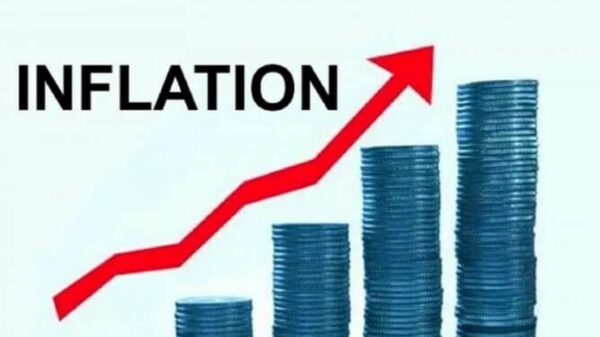









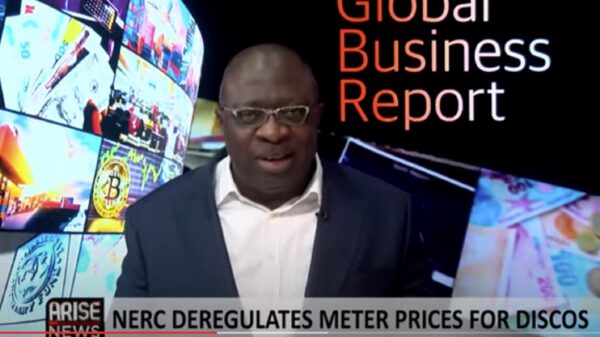


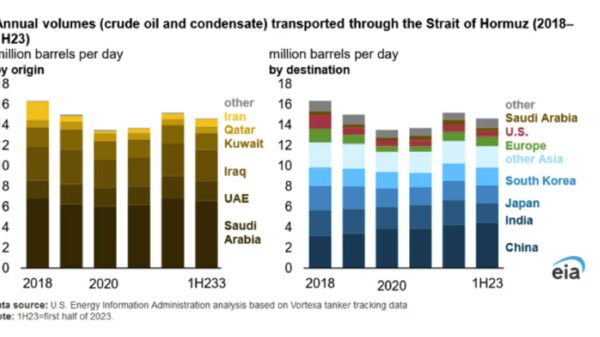
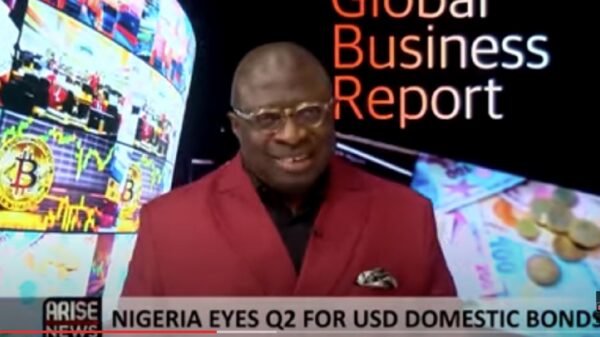

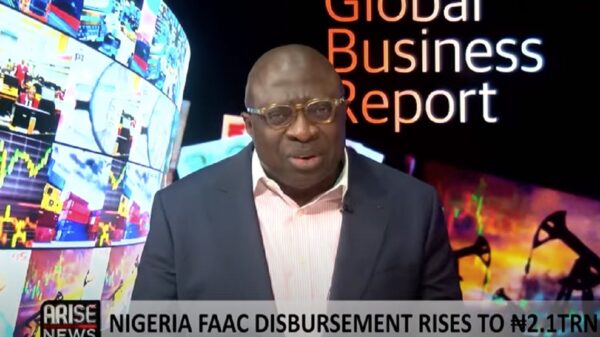






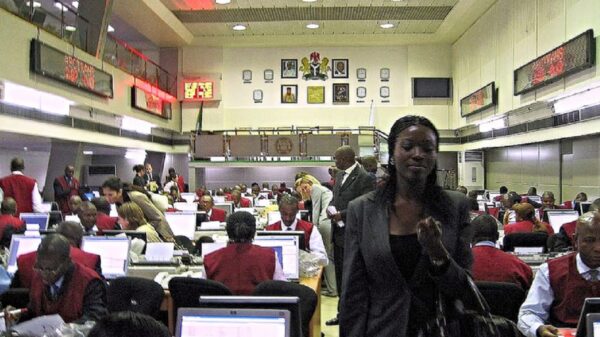
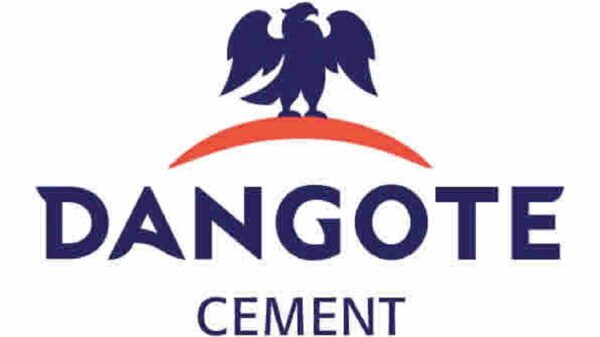
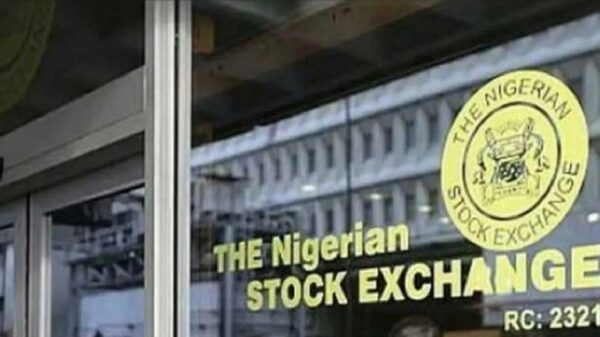


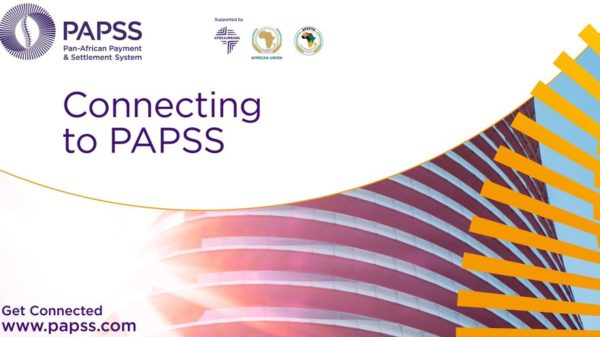






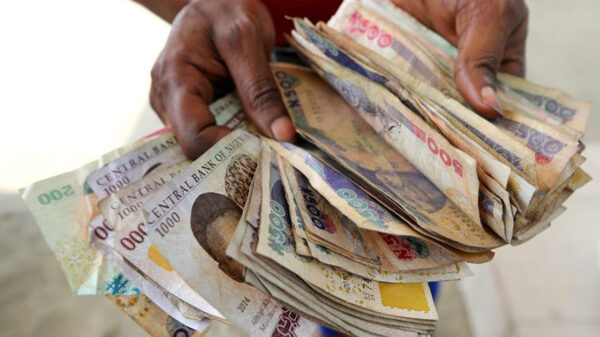
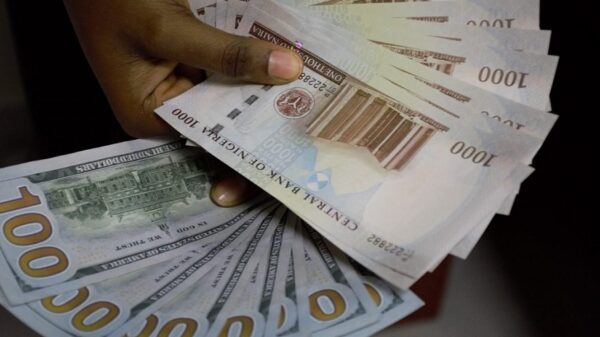



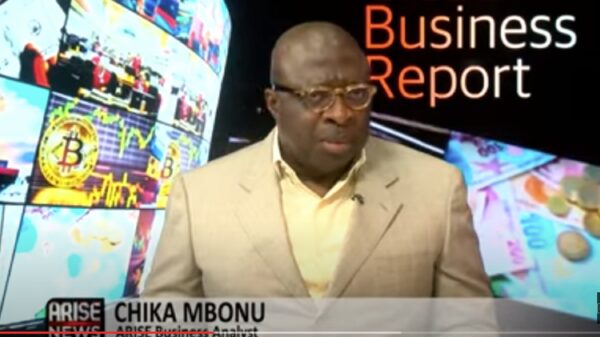


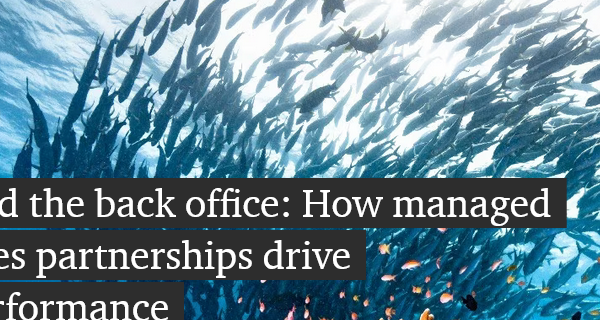



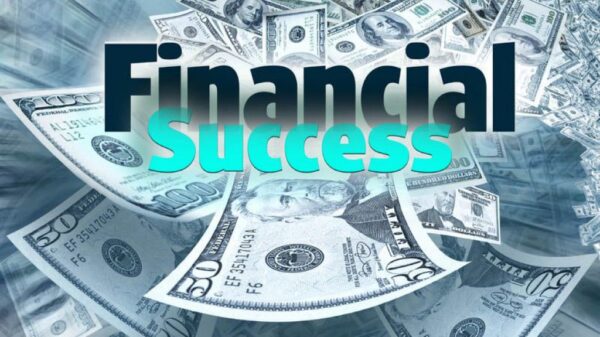
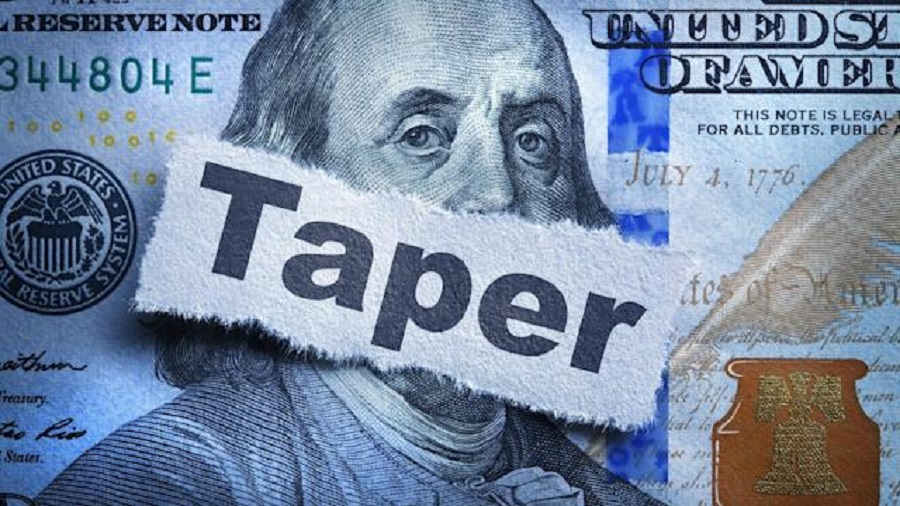
You must be logged in to post a comment Login